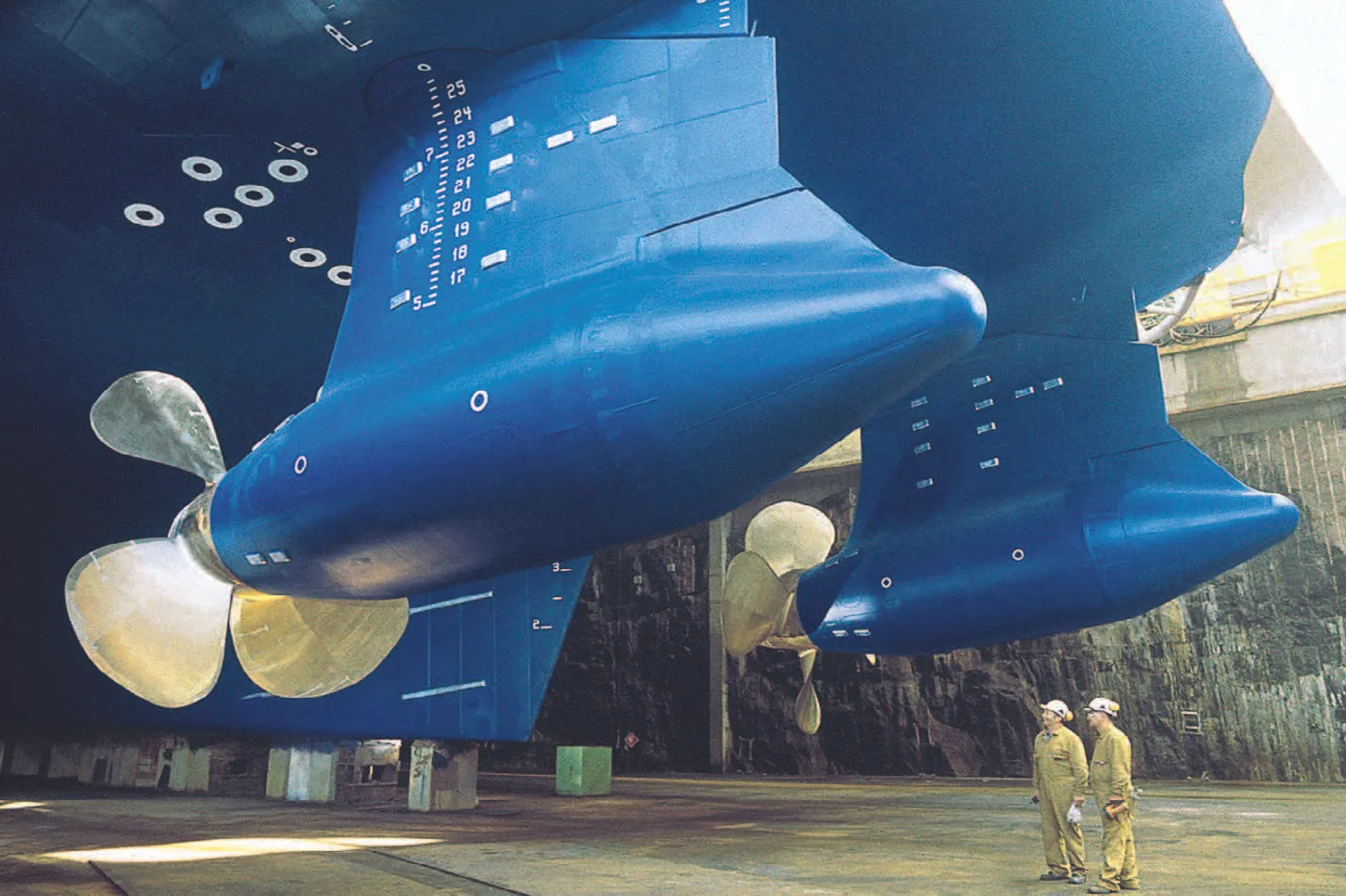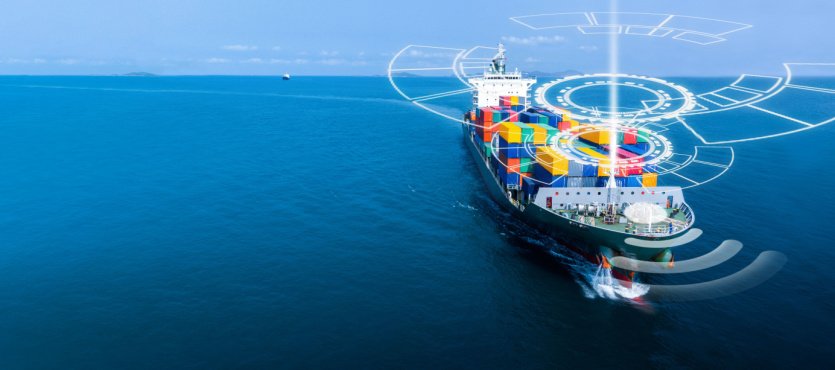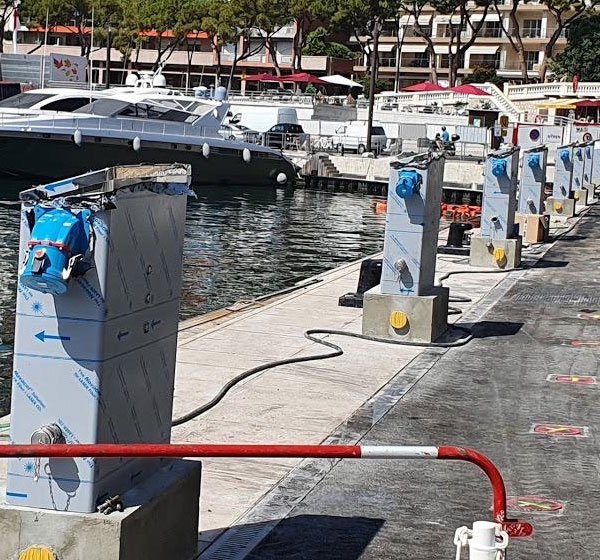
Contents
- Introduction to Torsion Meters
- How Torsion is Measured
- Importance of Measuring Torsion
- Uses of Torsion Meters in the Maritime Sector
- Components of Torsion Meters
- Popular Manufacturers and Models
- Prices of Torsion Meters
- Conclusion
- References
1. Introduction to Torsion Meters
A torsion meter, also known as a torque meter, is an instrument used to measure the torque on a rotating system, such as an engine crankshaft, transmission, or other rotating equipment. In maritime applications, torsion meters play a critical role in monitoring and optimizing the performance of marine propulsion systems.
2. How Torsion is Measured
Torsion is measured by detecting the angular deformation or twist in a rotating shaft. The primary methods for measuring torsion include:
- Strain Gauges: Bonded to the shaft, these devices measure the strain (deformation) due to torque.
- Optical Sensors: Utilize light beams to detect changes in the angular position of the shaft.
- Magnetoelastic Sensors: Measure changes in magnetic properties under stress, correlating to torque.
- Rotary Transformers: Transfer the signal from the rotating shaft to a stationary receiver for processing.
3. Importance of Measuring Torsion
Measuring torsion is essential for several reasons:
- Performance Monitoring: Helps ensure that marine engines and other rotating equipment operate within their optimal performance range.
- Preventive Maintenance: Identifies potential issues before they lead to significant failures, thus reducing downtime and maintenance costs.
- Fuel Efficiency: By optimizing engine performance, torsion measurements can contribute to improved fuel efficiency.
- Safety: Prevents overloading and potential mechanical failures, enhancing the overall safety of the vessel.
4. Uses of Torsion Meters in the Maritime Sector
In the maritime sector, torsion meters are used for:
- Engine Performance Monitoring: Continuously monitor the torque output of marine engines to ensure they operate efficiently.
- Propeller Shaft Monitoring: Measure the torque on propeller shafts to optimize propulsion and detect any abnormalities.
- Transmission Systems: Monitor the performance of gearboxes and other transmission components.
- Research and Development: Used in testing and development of new marine engines and propulsion systems.
5. Components of Torsion Meters
A typical torsion meter consists of the following components:
- Sensing Element: Strain gauges, optical sensors, or magnetoelastic sensors that measure the torque.
- Signal Conditioner: Amplifies and processes the signal from the sensing element.
- Data Acquisition System: Collects and records the data for analysis.
- Display Unit: Shows the torque measurements in real-time.
- Telemetry System (optional): Transmits data wirelessly for remote monitoring.
6. Popular Manufacturers and Models
Several manufacturers produce high-quality torsion meters for maritime applications. Some of the popular manufacturers and models include:
- HBM (Hottinger Brüel & Kjær)
- Model: T40B
- Features: High precision, robust design, and easy integration.
- Price: Approximately $5,000 to $10,000
- Kistler
- Model: Type 4503B
- Features: Compact design, high accuracy, and wide measurement range.
- Price: Approximately $7,000 to $12,000
- Datum Electronics
- Model: M425 Series
- Features: Modular design, real-time data output, and high reliability.
- Price: Approximately $4,000 to $8,000
- Interface
- Model: T8
- Features: High accuracy, robust construction, and customizable options.
- Price: Approximately $6,000 to $11,000
7. Prices of Torsion Meters
The cost of torsion meters varies based on the type, features, and manufacturer. Basic models can start around $3,000, while high-end, feature-rich models can cost up to $15,000 or more. Prices depend on factors such as measurement range, accuracy, and additional functionalities like telemetry.
8. Conclusion
Torsion meters are vital tools in the maritime sector, enabling precise measurement and monitoring of torque in various rotating systems. By providing essential data, these instruments help enhance performance, efficiency, and safety. Understanding the components, functionality, and uses of torsion meters can aid maritime professionals in selecting and utilizing these devices effectively.
9. References
- HBM (Hottinger Brüel & Kjær): HBM T40B
- Kistler: Kistler Type 4503B
- Datum Electronics: Datum M425 Series
- Interface: Interface T8
For more detailed articles and information on maritime tools and technologies, visit MaritimeHub.com




